Weekend Getaway: Évora, Portugal
Get to know the city
Évora is an important city in the center of Alentejo, a portuguese region. The city has a rich cultural heritage that dates back to Roman times and is known by its' marvelous architecture, gastronomy and traditions.
The best time to visit the city is either in May/June or September/October as the city is cold during the winter but too warm during the summer - believe me, you do not want to be in the country side of Alentejo during the summer!
How to get there
Traveling between cities in Portugal isn't complicated. Évora is 1h30 away from the country's capital (Lisbon), and you can easily get there by car, bus or train.
Travel by Train
You can get to the most important cities using CP - trains of Portugal. Altough you can find many different type of carriages under their services, the only way to get to Évora is through the train InterCidades. Tickets from Lisbon can be up to 17€ in first class, however if you get them <8 days before you'll be able to get cheaper prices.
Travel by Bus
If you prefer to travel by bus there are two main companies working on the roads of Alentejo: Rede Expressos & Flixbus.
Rede Expressos will take you pretty much everywhere in the country and is now pricing travels to Évora for a minimum of 3,95€.
You can find a similar price on the Flixbus website.
The historic center is small and you won’t find the need to use public transportation to get around, however you might need it to get from the station to the hotel if you have at least one bag with you - or not! Alentejanos like to walk under the sun, no matter where or how far they go, so if you can you are more than welcome to act accordingly.
Whether you arrive to the city by train or bus, you can choose to walk, grab a cab, an uber or catch the bus to your hotel or Airbnb. You can easily go to google maps to find out which bus to get to your destination and once you know the number you can check the schedule below.
If you can’t find the right bus feel free to contact me so I can help you get around!
Where to stay
Évora itself a big city, however the most attractive sights are inside the roman walls, therefore most of the hotels mentioned in this itinerary will be either inside or close to the historic center. This selection is based on quality and experience, having a variety of prices for people to choose what is best for them.
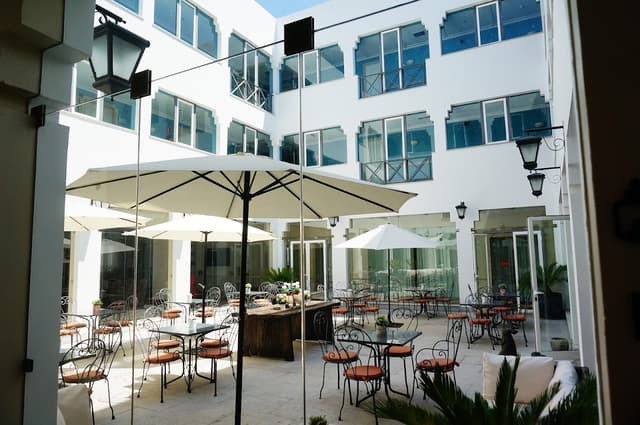
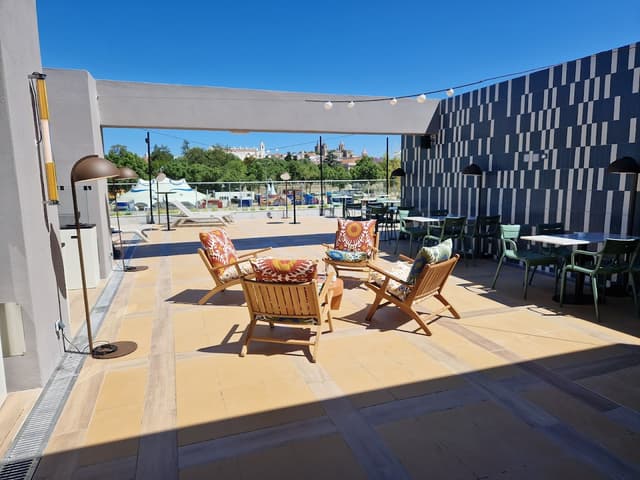
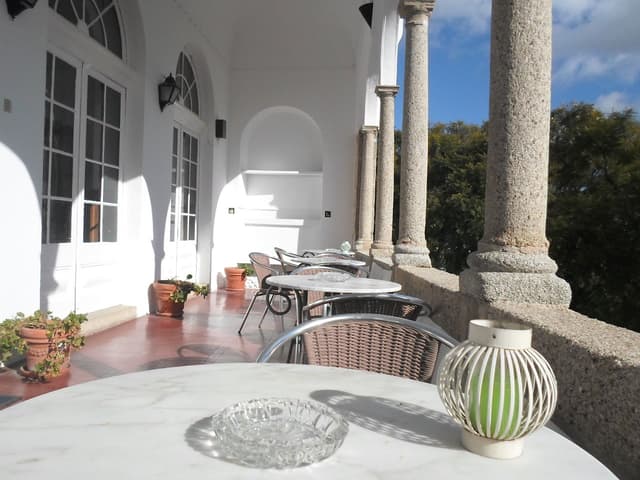


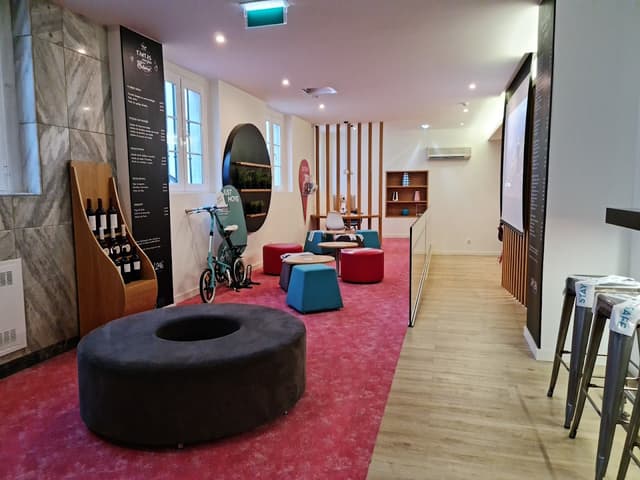

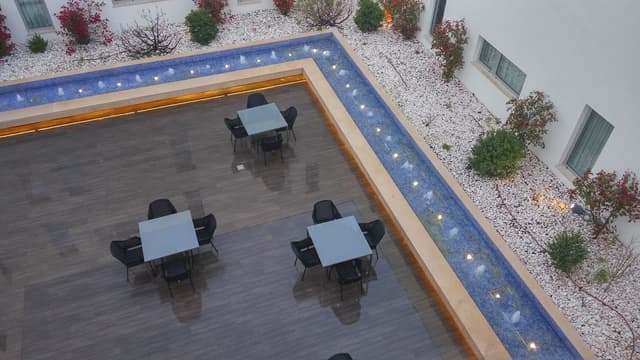

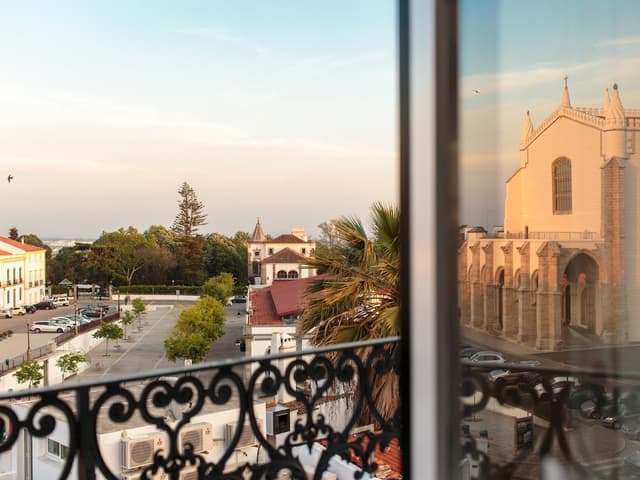

Where to eat
The weather in the city is very niceç. If you want to stop to drink something, either inside or outside, you can choose one of many great places:
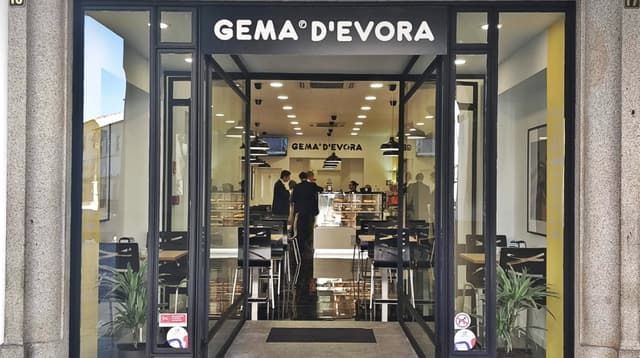
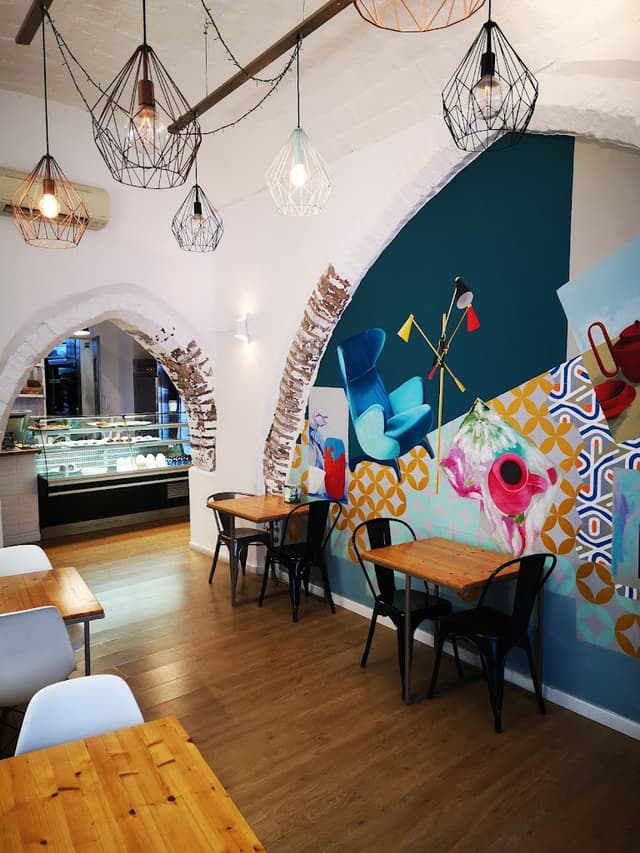

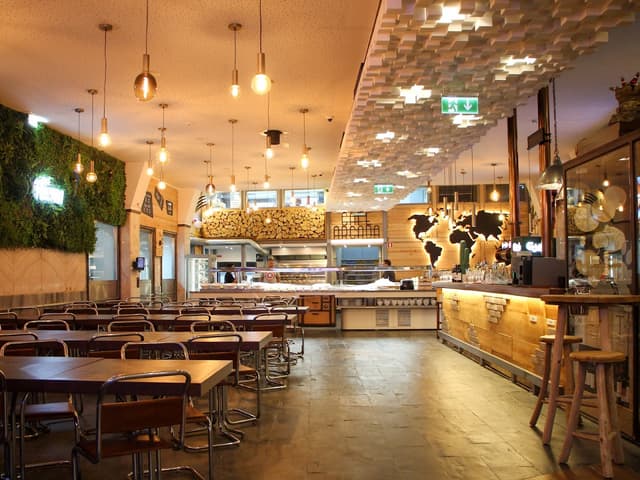
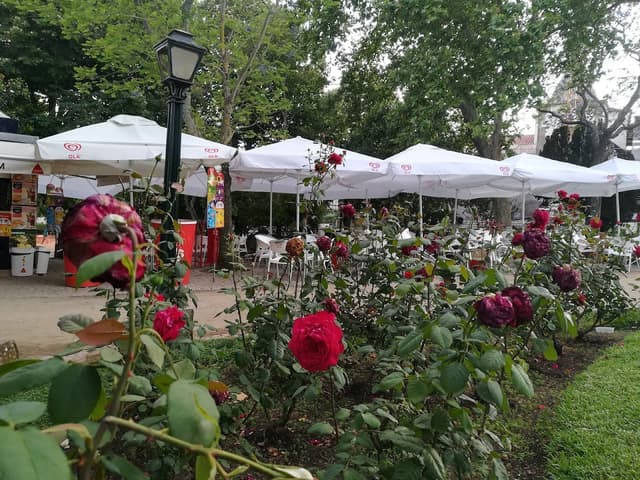
If there’s something that the Portuguese and especially Alentejanos are good at is food. Portuguese food differs from north to south and has many great dishes in Alentejo. I present to you some of the best restaurants in Évora, where you can eat amazing tradicional food such as:
Migas Alentejanas
Migas Alentejanas is a traditional dish from the Alentejo region of Portugal. Alentejo is known for its rustic cuisine, and migas alentejanas is a perfect example of that. They're made from stale bread crumbs that are moistened and then cooked with various ingredients. In the case of migas alentejanas, the bread crumbs are typically combined with garlic, olive oil, and sometimes bacon or chorizo. Other common additions include herbs like coriander or parsley. Migas alentejanas are often enjoyed with a glass of regional wine, such as Alentejo's renowned red wines. This traditional dish showcases the simple yet delicious flavors of the Alentejo region and is a favorite among locals and visitors alike.
Açorda
Açorda is another traditional dish from the Alentejo region of Portugal. It is a type of bread soup that is popular in Portuguese cuisine, particularly in the southern regions like Alentejo. Açorda is typically made by combining stale bread with garlic, olive oil, water or broth, and various seasonings. The bread is soaked in the liquid until it softens and absorbs the flavors. Other ingredients such as poached eggs, fresh coriander, salt, and pepper are often added to enhance the taste. There are different variations of açorda, depending on the ingredients used. For example, Açorda de Marisco is made with seafood, typically including shrimp, clams, or codfish. Açorda de Alho is a garlic-based version, where garlic takes the center stage along with olive oil and coriander. Açorda de Bacalhau is made with salted codfish. Açorda is known for its hearty and comforting nature, and it is often served as a main course. It is a dish that exemplifies the resourcefulness of Portuguese cuisine, as it was originally created as a way to use up stale bread. Today, it is a beloved dish that represents the flavors and traditions of the Alentejo region.
Sopa de Cação
Although at first sight it might look the same as açorda, sopa de cação tastes nothing alike. It is a hearty and flavorful soup made with dogfish (cação), a type of small shark commonly found in the Atlantic Ocean. This traditional Alentejo dish showcases the region's reliance on fresh seafood and its culinary traditions. Sopa de Cação is a beloved specialty that captures the essence of Portuguese coastal cuisine and is enjoyed by locals and visitors alike.
Carne de Porco à Alentejana
This traditional dish is a combination of pork and clams, creating a unique blend of land and sea flavors. The combination of succulent pork and briny clams creates a delicious contrast of flavors. The garlic and paprika add depth and warmth to the dish, while the clams provide a seafood element. Carne de Porco à Alentejana is a classic example of the Alentejo region's cuisine, which highlights the use of local ingredients and the harmonious blending of land and sea flavors.
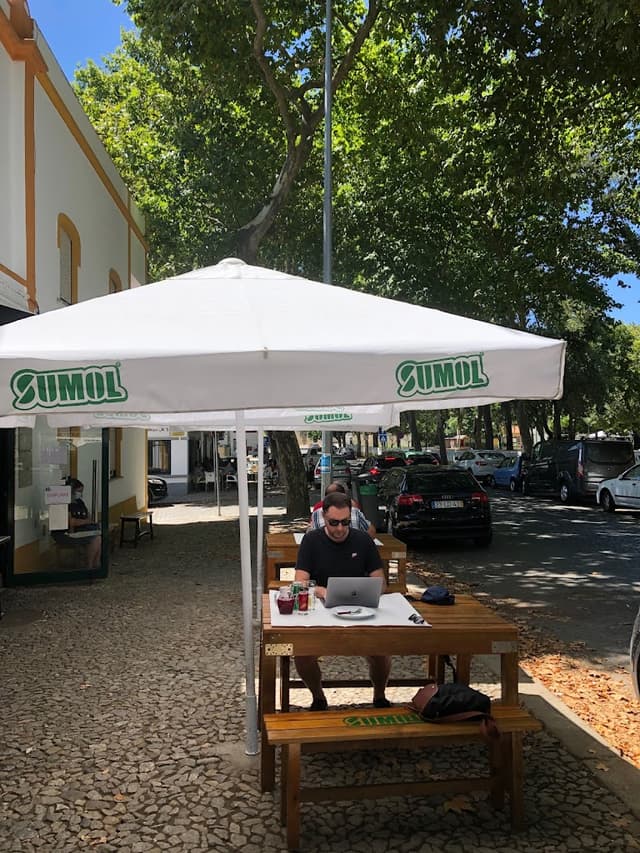
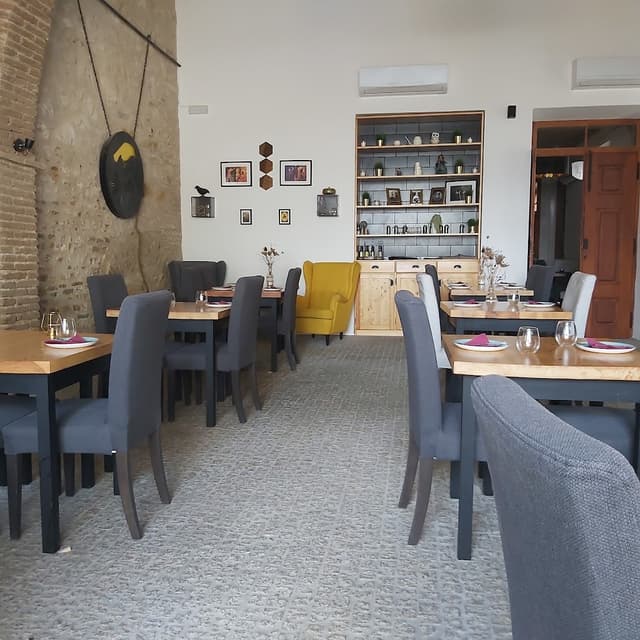



What to see


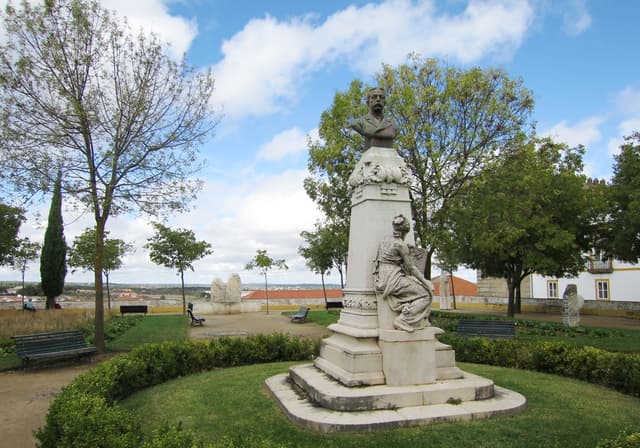
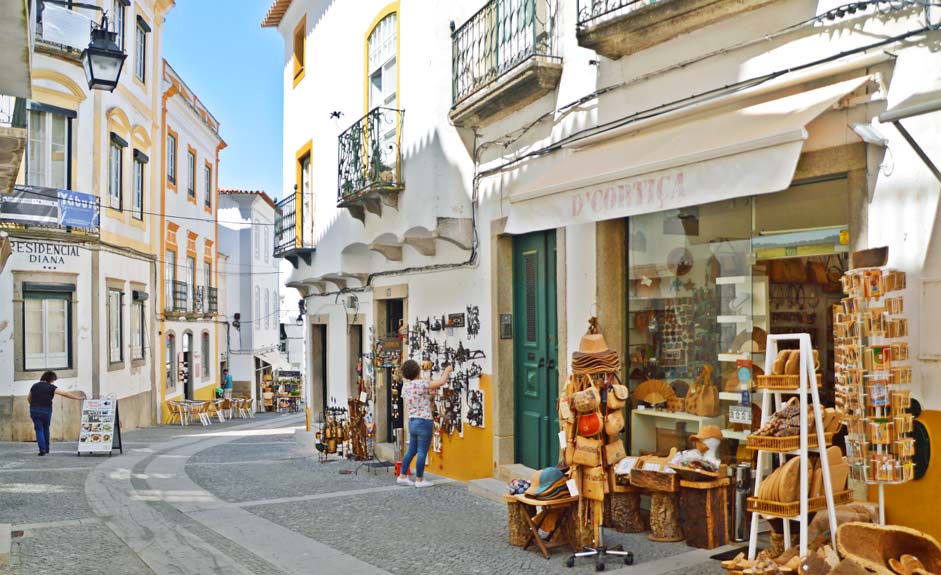



Even though Évora has lots of great things to sight see, all of the attractions are fairly close to each other, which will make you experience the best weekend getaway.
If you have any doubts about where to locate some of this places, you can go to the Main Square and visit the post of information of tourism and they will gladly give you a map of the city!
Take a weekend of your Portugal getaway and visit Évora! You won’t regret it!

Weekend Getaway: Évora, Portugal

Get to know the city
Évora is an important city in the center of Alentejo, a portuguese region. The city has a rich cultural heritage that dates back to Roman times and is known by its' marvelous architecture, gastronomy and traditions.
The best time to visit the city is either in May/June or September/October as the city is cold during the winter but too warm during the summer - believe me, you do not want to be in the country side of Alentejo during the summer!
How to get there
Traveling between cities in Portugal isn't complicated. Évora is 1h30 away from the country's capital (Lisbon), and you can easily get there by car, bus or train.
Travel by Train
You can get to the most important cities using CP - trains of Portugal. Altough you can find many different type of carriages under their services, the only way to get to Évora is through the train InterCidades. Tickets from Lisbon can be up to 17€ in first class, however if you get them <8 days before you'll be able to get cheaper prices.
Travel by Bus
If you prefer to travel by bus there are two main companies working on the roads of Alentejo: Rede Expressos & Flixbus.
Rede Expressos will take you pretty much everywhere in the country and is now pricing travels to Évora for a minimum of 3,95€.
You can find a similar price on the Flixbus website.
The historic center is small and you won’t find the need to use public transportation to get around, however you might need it to get from the station to the hotel if you have at least one bag with you - or not! Alentejanos like to walk under the sun, no matter where or how far they go, so if you can you are more than welcome to act accordingly.
Whether you arrive to the city by train or bus, you can choose to walk, grab a cab, an uber or catch the bus to your hotel or Airbnb. You can easily go to google maps to find out which bus to get to your destination and once you know the number you can check the schedule below.
If you can’t find the right bus feel free to contact me so I can help you get around!
Where to stay
Évora itself a big city, however the most attractive sights are inside the roman walls, therefore most of the hotels mentioned in this itinerary will be either inside or close to the historic center. This selection is based on quality and experience, having a variety of prices for people to choose what is best for them.











Where to eat
The weather in the city is very niceç. If you want to stop to drink something, either inside or outside, you can choose one of many great places:





If there’s something that the Portuguese and especially Alentejanos are good at is food. Portuguese food differs from north to south and has many great dishes in Alentejo. I present to you some of the best restaurants in Évora, where you can eat amazing tradicional food such as:
Migas Alentejanas
Migas Alentejanas is a traditional dish from the Alentejo region of Portugal. Alentejo is known for its rustic cuisine, and migas alentejanas is a perfect example of that. They're made from stale bread crumbs that are moistened and then cooked with various ingredients. In the case of migas alentejanas, the bread crumbs are typically combined with garlic, olive oil, and sometimes bacon or chorizo. Other common additions include herbs like coriander or parsley. Migas alentejanas are often enjoyed with a glass of regional wine, such as Alentejo's renowned red wines. This traditional dish showcases the simple yet delicious flavors of the Alentejo region and is a favorite among locals and visitors alike.
Açorda
Açorda is another traditional dish from the Alentejo region of Portugal. It is a type of bread soup that is popular in Portuguese cuisine, particularly in the southern regions like Alentejo. Açorda is typically made by combining stale bread with garlic, olive oil, water or broth, and various seasonings. The bread is soaked in the liquid until it softens and absorbs the flavors. Other ingredients such as poached eggs, fresh coriander, salt, and pepper are often added to enhance the taste. There are different variations of açorda, depending on the ingredients used. For example, Açorda de Marisco is made with seafood, typically including shrimp, clams, or codfish. Açorda de Alho is a garlic-based version, where garlic takes the center stage along with olive oil and coriander. Açorda de Bacalhau is made with salted codfish. Açorda is known for its hearty and comforting nature, and it is often served as a main course. It is a dish that exemplifies the resourcefulness of Portuguese cuisine, as it was originally created as a way to use up stale bread. Today, it is a beloved dish that represents the flavors and traditions of the Alentejo region.
Sopa de Cação
Although at first sight it might look the same as açorda, sopa de cação tastes nothing alike. It is a hearty and flavorful soup made with dogfish (cação), a type of small shark commonly found in the Atlantic Ocean. This traditional Alentejo dish showcases the region's reliance on fresh seafood and its culinary traditions. Sopa de Cação is a beloved specialty that captures the essence of Portuguese coastal cuisine and is enjoyed by locals and visitors alike.
Carne de Porco à Alentejana
This traditional dish is a combination of pork and clams, creating a unique blend of land and sea flavors. The combination of succulent pork and briny clams creates a delicious contrast of flavors. The garlic and paprika add depth and warmth to the dish, while the clams provide a seafood element. Carne de Porco à Alentejana is a classic example of the Alentejo region's cuisine, which highlights the use of local ingredients and the harmonious blending of land and sea flavors.





What to see







Even though Évora has lots of great things to sight see, all of the attractions are fairly close to each other, which will make you experience the best weekend getaway.
If you have any doubts about where to locate some of this places, you can go to the Main Square and visit the post of information of tourism and they will gladly give you a map of the city!
Take a weekend of your Portugal getaway and visit Évora! You won’t regret it!



